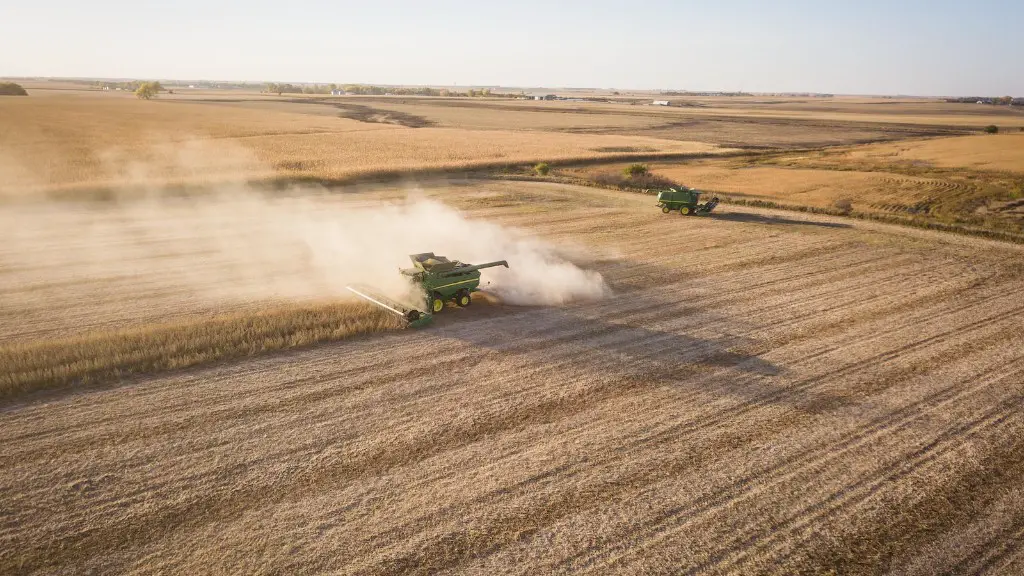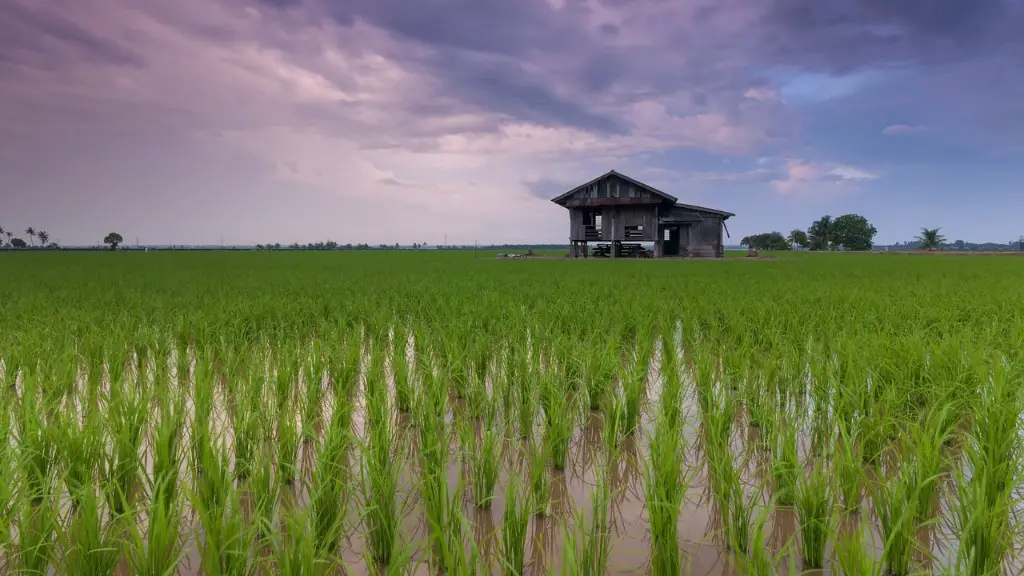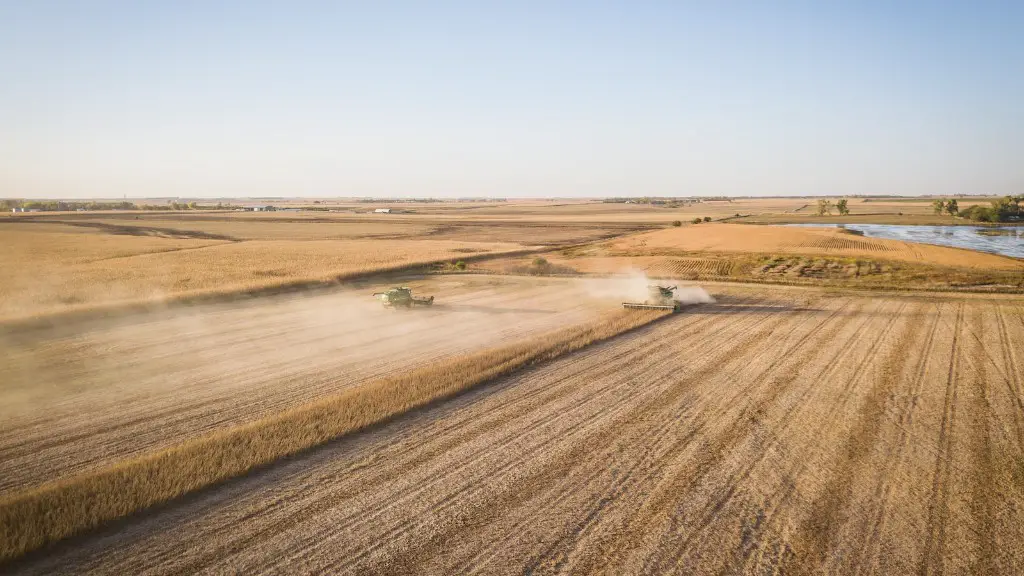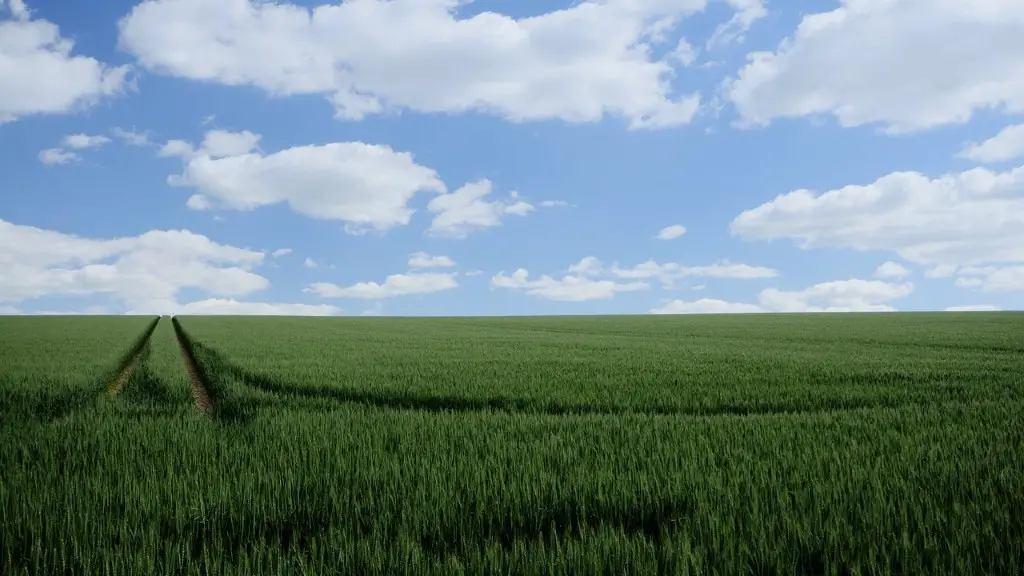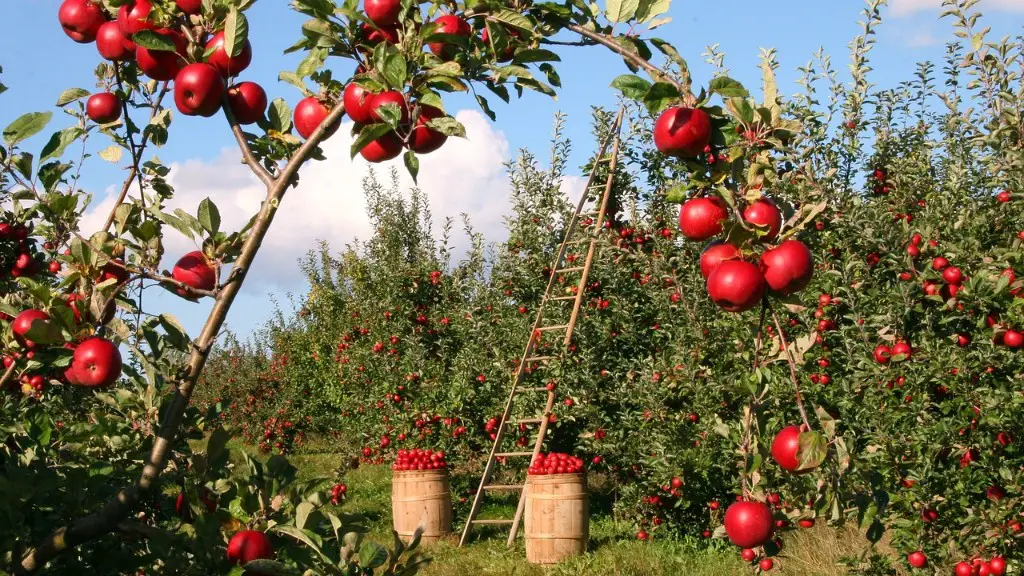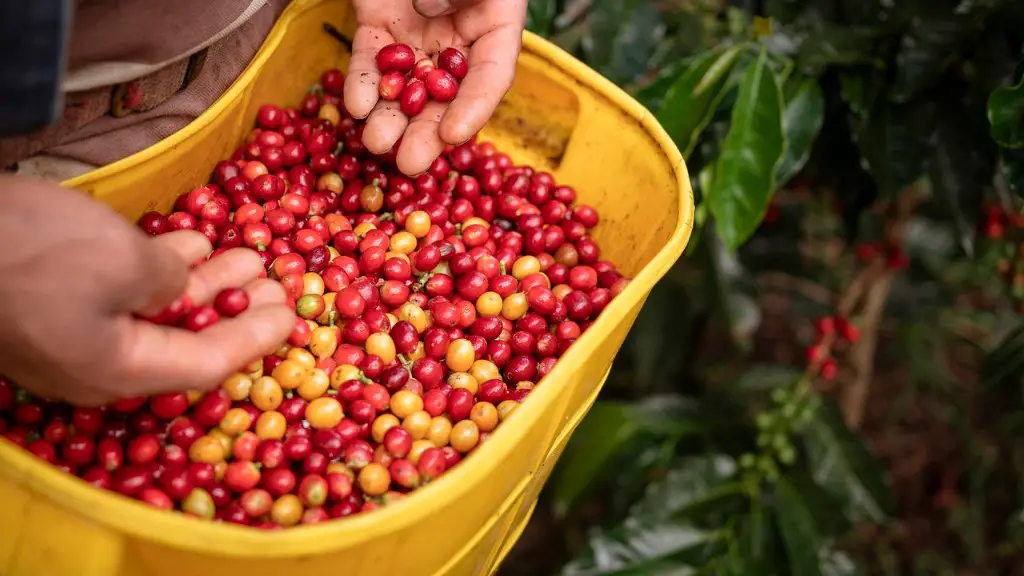The effects of weather on agriculture are numerous. Farmers and agricultural workers must be ever-vigilant in order to ensure that their crops are not damaged by extreme weather conditions. From droughts to floods, high winds to hail, each type of weather event can have a devastating effect on crops. In order to minimize the damage caused by weather, farmers must have a detailed understanding of how their crops will react to different weather conditions. They must also have a plan in place to protect their crops from the worst of the weather.
The weather has a big impact on agriculture. Farmers have to be very careful when they are planting their crops. They have to know what the weather is going to be like so that they can plant the right crops. If the weather is going to be hot, they need to plant crops that can handle the heat. If the weather is going to be cold, they need to plant crops that can handle the cold.
How does bad weather affect agriculture?
Extreme weather events can have severe detrimental effects on crop yield, and therefore, agricultural production. Most crops are sensitive to direct effects of high temperature, decreased precipitation, flooding, and untimely freezes during critical growth phases. These events can cause yield losses of varying magnitude depending on the timing, intensity, and duration of the event. In addition, extreme weather can also lead to indirect effects on crop yield, such as reduced soil moisture, increased pest and disease pressure, and damage to infrastructure.
Farmers rely heavily on forecasts of rainfall and temperature to determine what to plant and when to do it. In addition, accurate forecasting can help farmers reduce the devastating impacts of extreme events, such as droughts and floods, on their livelihoods.
How weather changes affect agricultural land
Climate change is a major threat to agriculture. Even a small change in temperature can impact crop growth and yield. In addition, each crop requires different climate and environmental conditions to grow. So, if climate change like temperature rise occurs, the boundary and suitable areas for cultivation move north and thus the main areas of production also change. This could have a devastating impact on food security.
Agricultural meteorology is the study of the physical conditions of the atmosphere that affect agricultural production. This includes weather conditions such as precipitation, temperature, and wind, as well as climate conditions such as long-term trends in atmospheric variables.
Does temperature affect agriculture?
High temperatures, even for short periods of time, can have a negative effect on crop growth – especially in temperate crops like wheat. High air temperatures can reduce the growth of shoots, which in turn reduces root growth. High soil temperatures are even more crucial, as damage to the roots can be severe, resulting in a substantial reduction in shoot growth.
Climate: Climate plays a big role in agriculture. Different crops grow best in different climates. For example, wheat grows best in a cool climate, while rice grows best in a warm climate. So, farmers have to choose the right crops for their climate.
Soil type: The type of soil also affects agriculture. Different crops grow best in different types of soil. For example, wheat grows best in sandy soil, while rice grows best in clay soil. So, farmers have to choose the right crops for their soil type.
Irrigation: Irrigation is important for agriculture. Without irrigation, crops will not grow well. Farmers have to choose the right irrigation system for their crops.
Technology: Technology is also important for agriculture. With the help of technology, farmers can increase crop yield. They can also reduce crop loss.
Population density: The population density also affects agriculture. If the population is dense, there is less land available for agriculture. So, farmers have to choose the right crops for their population density.
How does weather forecast help farmers?
Our farmers need all the help they can get and accurate weather data is one way to assist them. Farmers can use weather forecasts to help plan their work days and avoid times when crop-destroying pests are more likely to be active. Weather data can also help farmers control pests and diseases by providing early warning of conditions that favor their spread. Ultimately, farmers need to be aware of all the factors that can impact their crops, including the weather, in order to produce the best possible results.
Weather is the condition of the air at a particular place and time. It is the combination of four factors: temperature, wind, precipitation, and sunlight and clouds. These factors are changing all the time, so weather is always changing.
What are weather parameters for agriculture
Weather components play a significant role in agricultural production as they can affect various aspects of crops, such as growth, development, yield, and quality. For example, high temperatures can lead to increased evapotranspiration, which can cause plants to wilt and experience reduced growth. Additionally, rainfall is necessary for plants to grow, too little or too much rain can lead to problems such as drought or flooding. Sunshine hours are also important as plants need sunlight for photosynthesis, however, excessive sunlight can also be harmful. Thus, farmers need to be aware of the weather conditions in order to make decisions about planting, irrigation, pest control, and so forth.
Climate change is already affecting agricultural productivity in a number of ways. Rising temperatures and changes in precipitation patterns are resulting in more frequent and intense droughts, floods and other extreme weather events. These events can damage crops, reduce yields and disrupt farming operations. They can also lead to increased soil erosion and run-off of fertilizers and other chemicals into waterways.
Additionally, changes in temperature and precipitation can create new or altered conditions that favor the spread of pests and diseases. For example, warmer winters may allow more survival of overwintering pests, while changes in rainfall patterns can create conducive conditions for the development and spread of crop diseases.
Agricultural productivity is therefore expected to decline in the future as a result of climate change. This will have impacts on food security, livelihoods and economies across the globe.
What are the biggest threats to agriculture?
Climate change is a reality that farmers are facing across the globe. Volatile weather patterns and more extreme events, such as floods and droughts, are changing growing seasons, limiting the availability of water, and allowing weeds, pests, and fungi to thrive. These conditions can reduce crop productivity and put farmers’ livelihoods at risk. To adapt to these challenging conditions, farmers need access to the latest information and technology to help them make informed decisions about their crops and management practices.
To address the triple challenge of feeding a growing population, providing a livelihood for farmers, and protecting the environment, we need to set the table for success. This means creating an enabling environment for innovation, investment, and partnerships. It also means reforming policies and practices that stand in the way of progress. And it means building the capacity of smallholder farmers to produce more food with less environmental impact. With the right policies and investments in place, we can overcome the triple challenge and create a more sustainable future for all.
What are three major issues in agriculture today
Environmental issues can have a big impact on farmers’ profits and productivity. Soil quality, water quality, climate, and terrain can all affect how well a crop grows. When environmental conditions are less than ideal, it can be harder for farmers to make a profit.
Climate change is seriously affecting agricultural production all over the world. Farmers are struggling to keep up with the changing conditions, as temperatures shift and extreme weather events become more common. This is having a huge impact on the food supply, and on farmers’ livelihoods. It is essential that agriculture adapts to the changing climate, in order to protect the global food supply and keep people fed.
How does weather affect us?
It is true that good weather can lead to fewer delays and accidents, and that hot weather can lead to increased sales. However, bad weather can also have a negative impact on people’s lives. People may not go to the shops and spend money if the weather is bad, which can lead to decreased economic activity.
There are numerous different types of weather which can result including rain, snow, wind, frost, fog and sunshine. Different types of weather can have different effects on people, plants, and animals. Some people enjoy the change of seasons and the variety of weather, while others prefer more stable conditions. severe weather can cause damage to property and disrupt transportation, communication, and other essential services.
Final Words
The weather can have a big impact on agriculture. It can affect the amount of sunlight and rain that plants receive, which can impact their growth. Extreme weather conditions can also damage crops and lead to lower yields.
The weather has a profound impact on agricultural production. Extreme weather conditions can have a devastating effect on crops and livestock, leading to financial losses for farmers and price hikes for consumers. Even small changes in temperature or precipitation can adversely affect agricultural production, making it more difficult for farmers to plan for and respond to weather-related challenges. As climate change continues to drive more extreme and unpredictable weather patterns, the agricultural sector will increasingly face significant challenges in adapting and ensuring food security.
